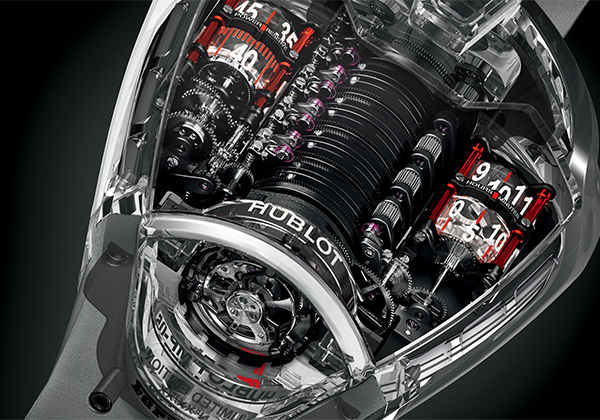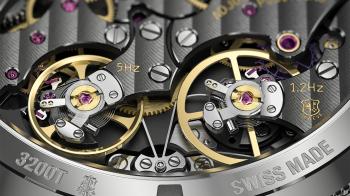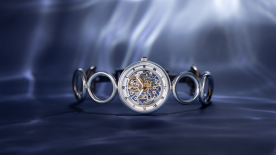Is it fair to say that the watch industry has something of a split personality? On the one hand, we have a distinctly conservative sector that devotes vast amounts of energy and effort to producing costly and superfluous objects which have remained fundamentally unchanged for the past two hundred years. And on the other, a state-of-the-art industry that boasts advanced expertise in microtechnology and a mindboggling capacity to innovate within the confines of two square centimetres.
This, then, is what watchmaking in the twenty-first century is about: finding solutions to problems that no-one cares about and which are, for the most part, self-inflicted. And yet...
Counting the hours
And yet the watch exists, and ways must be found to prevent it from going stale. Finding these ways is mainly the responsibility of Research and Development divisions. But where to begin? Power reserve is probably the most obvious area for scrutiny, and the least sexy. Thirty years ago, Longines and Tissot, among others, were already making watches with five days of power reserve. Granted, their timekeeping wasn’t always up to par but they were proof that efforts were being made, to positive effect.
It’s been downhill ever since. Power reserve is a collateral victim of hyper-standardisation, as the proliferation of ETA and other base movements has made 42 hours the de facto industry standard.
At De Bethune, Hublot, Chopard, Tissot and Bovet, power reserves of four days, five days or longer are nothing unusual. Elsewhere, meaning the vast majority of manufacturers worldwide, doubling the usual 42-hour limit should be treated as a matter of priority. Because what is the point of indicating the time with remarkable precision when a watch that was wound on Monday morning has stopped by Tuesday afternoon...
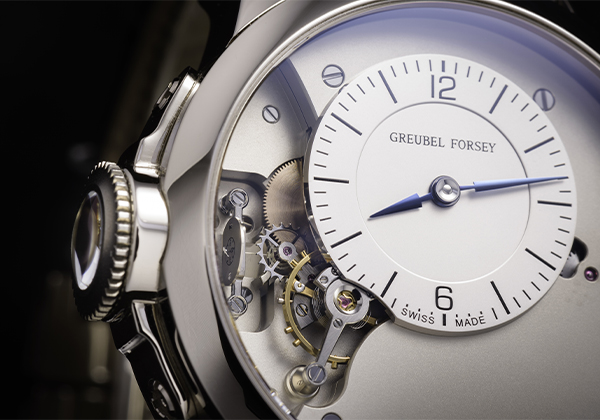
The great escape(ment)
Another factor staring R&D in the face is the escapement, the watch’s beating heart. The Swiss lever escapement was invented two centuries ago. Since then numerous alternatives have appeared, the most disruptive of which are a combination of mechanical and quartz. Back in 1999, Tissot launched the Autoquartz with a whopping 100 days of power reserve but the conservative Swiss watch buyer didn’t bite. Change came from the outside in, when Japan’s Grand Seiko succeeded in introducing its now uncontested Spring Drive technology.

Over the past 25 years, Swiss watchmakers have been working on escapements that function without a lever and, if the industry is to get out of the rut of tradition, should continue in this vein (as a reminder, energy efficiency for the majority of Swiss lever escapements is no more than 30% to 40%). Projects by Girard-Perregaux (Constant Escapement), Armin Strom (Resonance), Frederique Constant (Monolithic), Vincent Calabrese (Calasys), Zenith (Defy Lab), Parmigiani Fleurier (Senfine) and Greubel Forsey (Mechanical Nano) are some of the most promising. And yet three are at a standstill and two are still at the R&D stage. They will see the light of day… provided the end customer is willing to forego the familiar ticking sound produced by the Swiss lever escapement’s pallets.
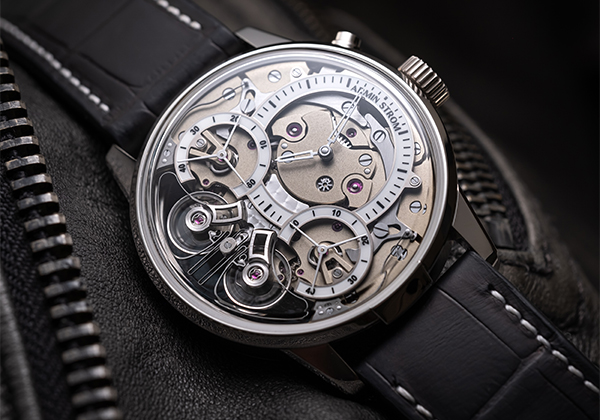
Overcomplicating matters?
There are different shades of opinion. “Before we start inventing new escapements, we can go a lot further with what we already have. Simply by adjusting the pallet angle, we’ve increased power reserve by 20 per cent,” comments Denis Flageollet, the watchmaking brains at De Bethune. “We need to keep searching, reduce unwanted friction, work on inertia, improve material wear. It’s the nitty-gritty that doesn’t capture the public’s imagination but this is how we will make much better, more efficient movements. We should never lose sight of the fact a watch is made to be worn and, for that reason, every new development must be entirely for the end customer’s benefit.”

Mathias Buttet, at Hublot, takes a similar view from a different angle: “Everyone’s looking for the next big thing in complications, but I think we’ve covered every base. Some of the things we’ve seen recently could even come across as puerile, at best pointless. We should be thinking about animation. Why not three-dimensional? Definitely something poetic. An animated function obviously consumes a lot of energy but we watchmakers can handle that. Twenty-five years ago, I developed a movement with a 31-day power reserve at Jacob & Co, then 14 days at Vacheron Constantin. At Hublot we hold the absolute record for a wristwatch, at 50 days. The question isn’t how do we extend power reserve. We know how to do that. It’s what can we do with it that hasn’t been done before.” And so we come full circle: creativity is the one area where watchmakers will never run out of projects.
